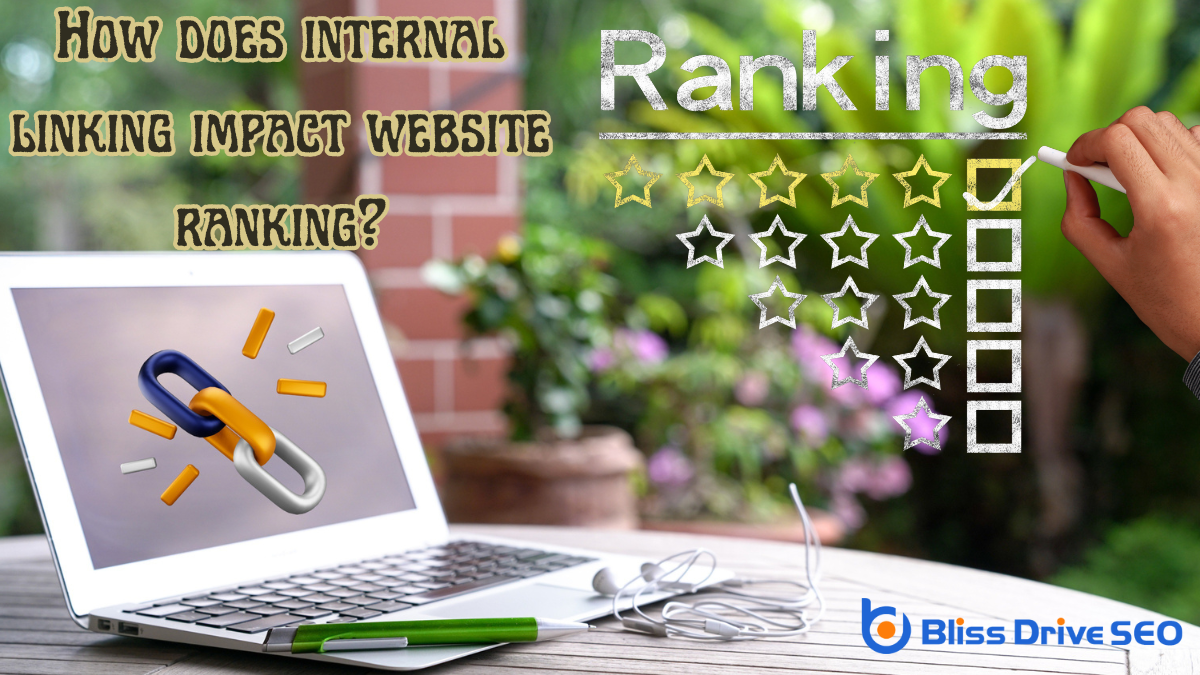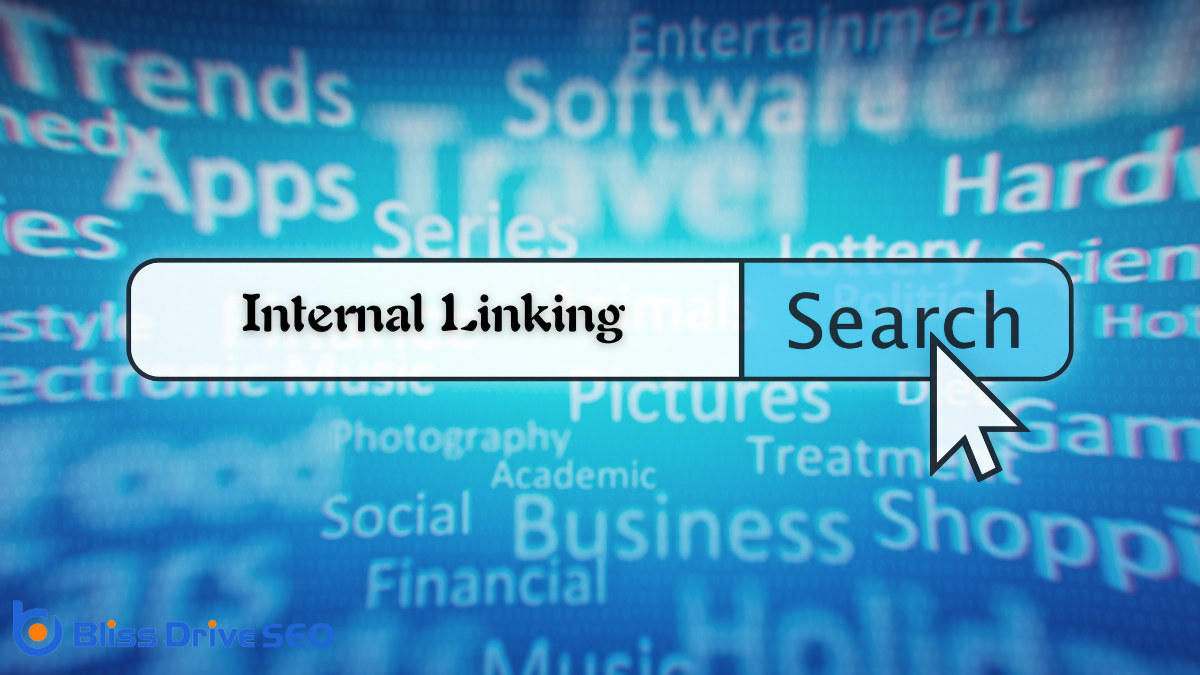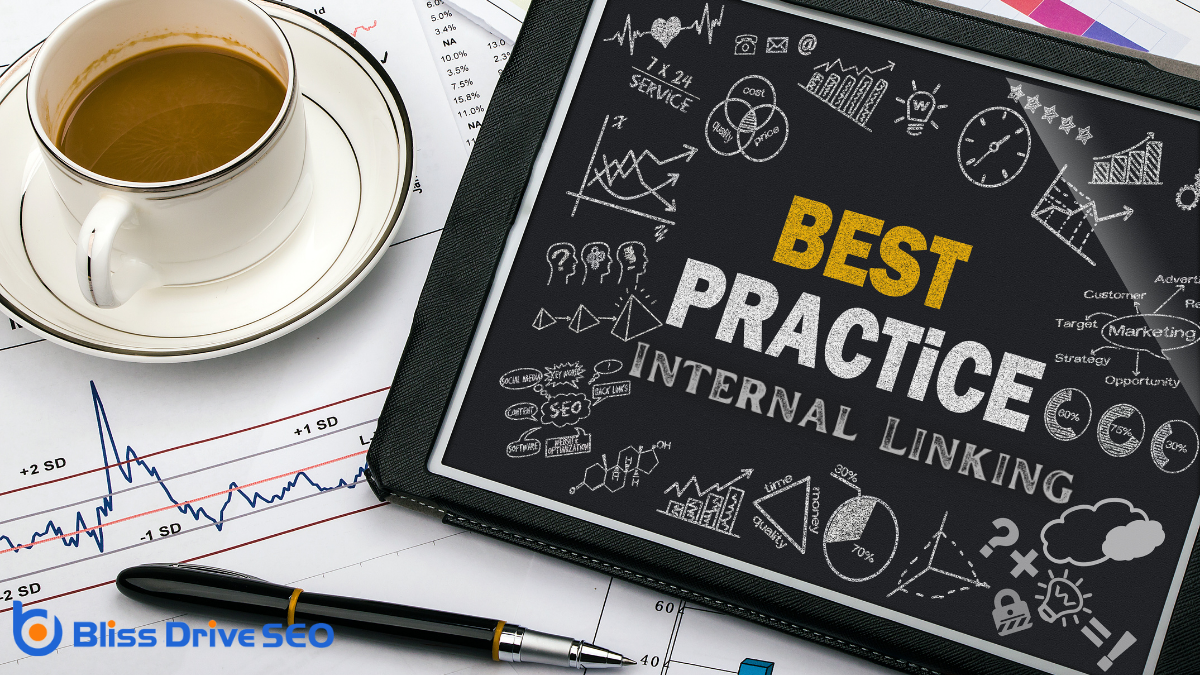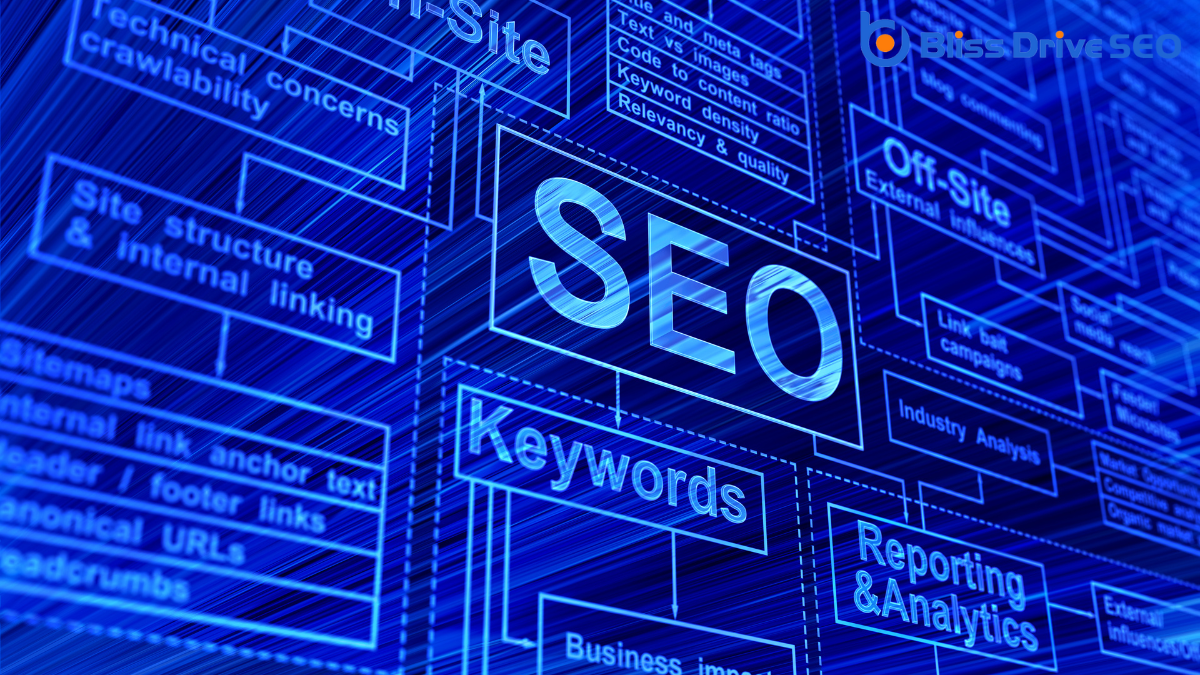Digital Marketing Services
Learn More About Us

You've likely heard that internal linkingLinks that connect different pages on the same website. is essential for website ranking, but do you know why? It's not just about connecting pages; it's about creating a roadmap for search engines and users. Internal links help distribute authority and make your content easier to find. They improve your site's architecture, leading to better indexingThe process of adding web pages into a search engine's database. and visibility. Curious how this impacts your SEO and keeps visitors engaged? Let's explore further.
Internal linking serves as the backbone of your website's architecture. It connects your content, guiding visitors from one page to another.
You create a seamless user experience by strategically placing links throughout your site. This not only helps users find relevant information but also encourages them to explore more of your content, increasing engagementThe interactions that users have with a brand’s content on social media. and time spent on your site.
Moreover, internal links help distribute authority and ranking power across your pages. When you link to important pages, you signal their importance. This can enhance their visibility and credibility.
Think of internal linking as a roadmap that directs both users and search engines. By understanding its importance, you can optimize your site for better usability and potentially improve your overall website ranking.

While you might think of internal links as just pathways for users, search engines view them as essential signals for understanding your site's structure and content hierarchy.
They use these links to crawl and index your pages, ensuring none are left undiscovered. Each internal link helps search engines gauge the importance of a page within your website, often reflected in its ranking potential.
By strategically linking high-value pages, you guide search engines to prioritize them. Internal links also help establish a contextual relationship between different pages, enhancing relevance and keyword association.
This practice can improve your site's authority on specific topics, as search engines see a well-organized, interconnected setup. Remember, clear and logical internal linking can greatly boost your site's visibility.
Understanding how search engines interpret internal links sets the stage for exploring their impact on user experience.
You'll find that internal linking isn't just about rankings; it's a powerful tool to guide your visitors smoothly throughout your site. By strategically placing links, you make it easier for users to find relevant information, keeping them engaged longer.
This seamless navigation can reduce bounce rates and increase the time spent on your site, both positive signals to search engines.
When users effortlessly discover related content, their satisfaction increases. They're more likely to return and share your pages, amplifying your reach.
As you explore your site's structure, you'll see that internal linking plays a pivotal role in shaping its architecture. These links connect your content, helping users and search engines navigate through your site efficiently.
By establishing a logical hierarchy, internal links guide visitors to related pages, enhancing their journey and understanding of your offerings.
You'll want to make certain that your most important pages are easily accessible and well-linked. This not only improves user experience but also signals to search engines which pages hold more significance.
Internal linking helps distribute page authority and ranking power across your site, making it more cohesive and interconnected. In short, a well-thought-out internal linking strategy supports site architecture, ultimately contributing to better search engine visibility.

To implement effective internal linking, start by identifying your site's key pages and ascertain they're easily accessible from your homepage or main navigation. This helps direct visitors to important content quickly.
Use descriptive anchor textThe clickable text in a hyperlink, important for SEO as it provides context for the linked page. that clearly indicates the target page's content, enhancing both user experience and search engine understanding. Keep your links natural and relevant within the context, avoiding any forced inclusion.
You should also maintain a logical structure, ensuring each page points to similar or related content, which provides a seamless journey for users. Regularly audit your site to ascertain all links are functional and up-to-date.
Prioritize linking to high-performing pages to distribute authority effectively, boosting overall site ranking. Remember, a strategic internal linking plan enhances both usability and SEO.
While internal linking can greatly enhance your website's SEO and user experience, common mistakes might undermine these efforts.
Avoid overloading your pages with excessive internal links, as this can confuse users and dilute link value. Make certain your anchor text is descriptive and relevant, providing clear context for the linked content. This helps both search engines and users understand the link's purpose.
Be cautious of broken links, which leadA potential customer referred by an affiliate who has shown interest in the product or service but h... to dead ends and frustrate visitors. Regularly check your links to maintain a seamless navigation experience.
Also, steer clear of linking to irrelevant pages, as this can disrupt the flow and diminish user engagement. Finally, don't forget to update links when you move or rename pages, making sure your site remains cohesive and user-friendly.
To boost your website's ranking, focus on effective link placement and anchor text strategies.
Make certain your links are naturally integrated into your content, guiding users and search engines through a logical path.
Choose anchor text that's relevant and descriptive, helping search engines understand the context and importance of the linked content.
When optimizing internal links, effective link placement plays an essential role in enhancing website ranking. You should place links where users naturally look, like in the main content rather than footers or sidebars. This guarantees search engines see them as important, improving crawlability and user engagement.
Prioritize linking from high-traffic pages to those that need a boost; this can distribute authority more evenly across your site. Consider using tools like heatmaps to identify where visitors click most often. This insight helps you place links strategically, making them more effective.
Also, keep the user journey in mind; guide them seamlessly from one topic to another related one. Proper placement won't only improve SEO but also enhance user experience, keeping visitors on your site longer.
A crucial component of optimizing internal links is selecting the right anchor text, as it directly influences search engine understanding of your content.
You want search engines to grasp the context and relevance of your links. When crafting anchor text, choose words that reflect the linked page's topic. This helps search engines and users know what to expect.
Avoid generic text like "click here." Instead, use clear, descriptive phrases. Here are some strategies to guide you:
These strategies enhance user experience and SEO.

While internal linking might seem like a straightforward task, its impact on SEO can be profound and measurable. You can start by monitoring changes in your website's organic trafficVisitors who come to a website through unpaid search engine results.. Tools like Google AnalyticsA web analytics service offered by Google that tracks and reports website traffic. help you track how visitors navigate through your site.
Look for increases in session duration and reduced bounce rates, as these indicate improved user engagement due to effective linking.
You should also use tools like Google Search ConsoleA tool by Google that helps monitor and maintain your site's presence in search results. to assess changes in keyword rankings. When you see particular pages climbing in search results, it's often because your internal linking strategy is working.
Don't forget to analyze crawl statistics; a well-linked site guarantees search engines index your content efficiently. Regularly review these metrics to fine-tune your approach and enhance your site's SEO performance.
Incorporating internal linking into your website strategy is vital for boosting its ranking and visibility. By effectively guiding search engines and users through your content, you enhance site structure and user experience. Remember to follow best practices, like using descriptive anchor text and ensuring links are relevant. Avoid common pitfalls, such as over-linking or using broken links. With the right tools and strategies, you'll optimize your internal links, ultimately driving better SEO performance and user engagement.
